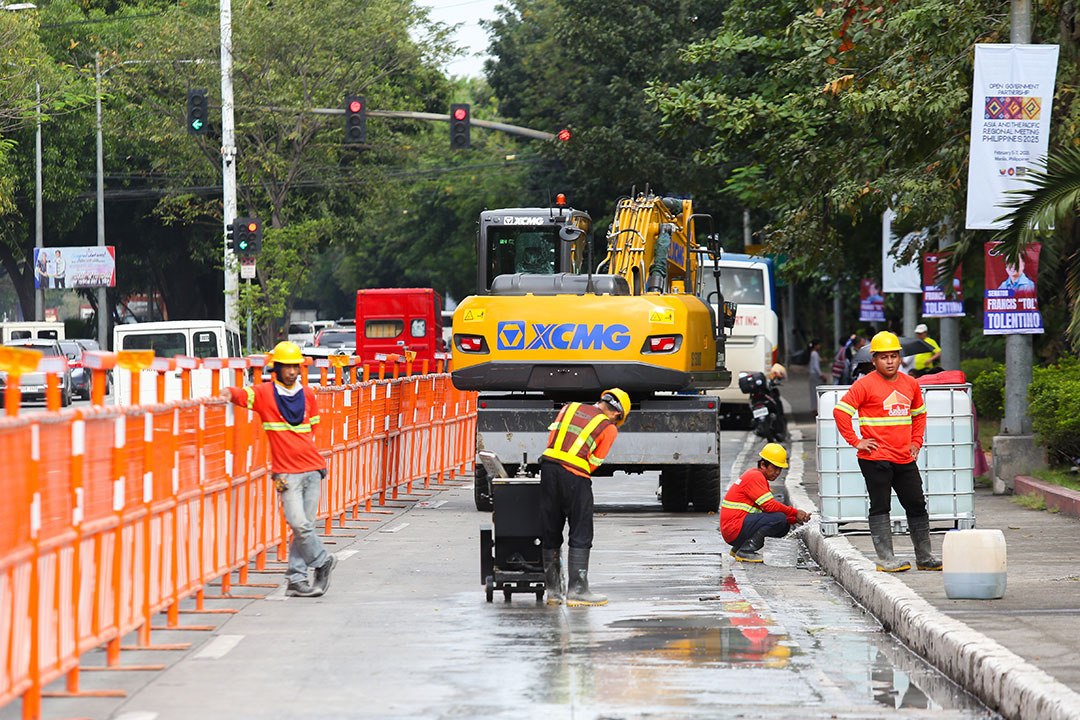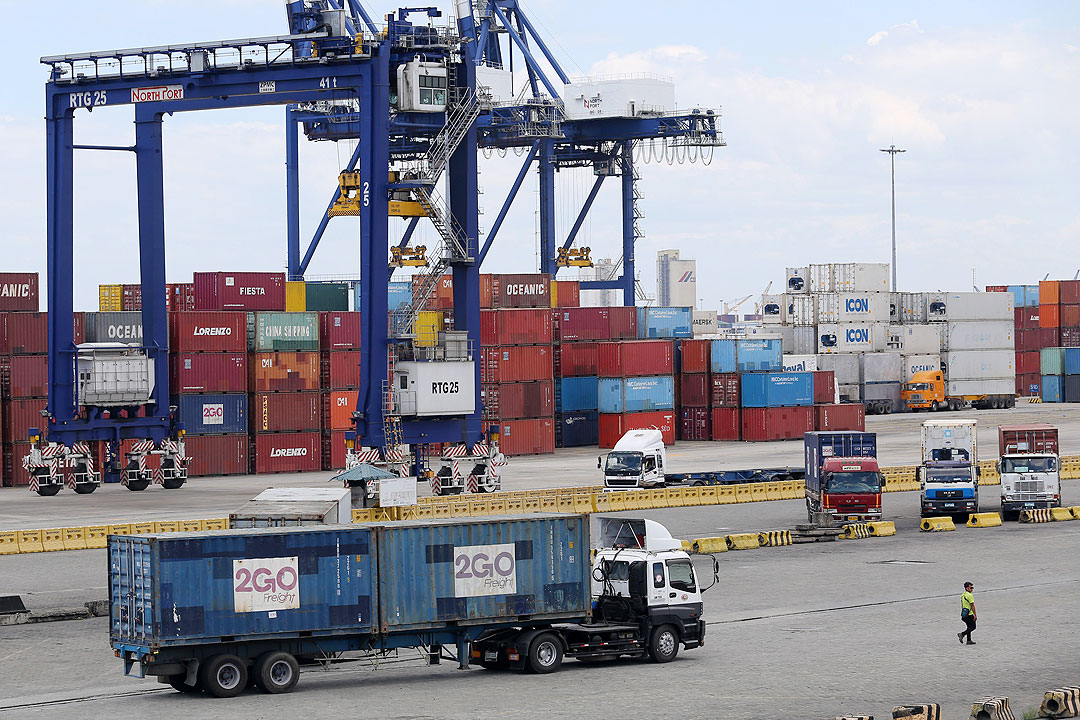
Upgrade to High-Speed Internet for only ₱1499/month!
Enjoy up to 100 Mbps fiber broadband, perfect for browsing, streaming, and gaming.
Visit Suniway.ph to learn
The country’s vehicle sales posted their slowest growth by the end of September, as overall growth plunged by 0.3 percent compared to last year, fueled by recent adverse weather conditions and a plummeting interest in passenger vehicles.
Based on a joint report by the Chamber of Automotive Manufacturers of the Philippines Inc. (CAMPI) and the Truck Manufacturers Association (TMA), 343,410 vehicles were sold in the first nine months of the year.
In comparison, the automotive industry recorded a higher sales output of 344,407 units from January to September of last year.
Despite the decline, CAMPI President Rommel Gutierrez remains optimistic about the industry’s performance this year, as it nearly matched last year’s volume.
Gutierrez noted that this reflects the “industry’s remarkable stability amid evolving market dynamics.”
CAMPI-TMA data show that passenger cars remain on downward trend, falling 23.6 percent by September to 69,306 units from last year’s 90,765 units.
Commercial vehicles, on the other hand, have maintained their position as the top driver of sales in the country, with 274,104 vehicles sold, compared to 253,329 units sold last year.
Commercial vehicles, which are primarily used by businesses to transport goods, account for nearly 80 percent of the industry’s total sales.
Month-on-month, sales in September rose 5.1 percent to 38,029 units from August’s 36,174 units.
Gutierrez said this increase signaled renewed consumer confidence and sustained market momentum, as he highlighted the “industry’s adaptability and commitment to innovation.”
However, comparing September data to the same month in the previous year tells a different story. The month’s sales was actually down 3.8 percent from 39,542 in September of last year.
Sought for comment, Rizal Commercial Banking Corp. (RCBC) Chief Economist Michael Ricafort said the decline could be attributed to weather-related disruptions in the month.
Ricafort said that recent typhoons, flooding, and earthquakes in certain parts of the country have reduced the number of business days, which in turn has cut vehicle sales.
He also noted that the growing appeal of motorcycles, as reflected in their upward trajectory this year, may have deterred Filipinos from purchasing vehicles.
Nonetheless, CAMPI is positive about closing the year on a high note, as the industry targets to reach 500,000 units, up from 467,252 units last year.
Gutierrez said this optimism hinges on electrification and commercial mobility solutions—in short, electric vehicles (EVs).
CAMPI-TMA data showed that 20,662 EVs were sold in the nine-month period, with a market share of just over six percent.
Asked for his reaction, Electric Vehicle Association of the Philippines (EVAP) President Edmund Araga said the growing awareness about EVs will further propel its growth this year.
“Education is the key. Consumers are now aware of the benefits of using EVs. And Filipinos are cost-conscious. Looking at the hindsight, they always keep on computing the effects of fuel prices that is always fluctuating,” said Araga in a press briefing.
“That's why we are the next in line. They are already on the sunset. We are on the sunrise,” he quipped, referring to conventional vehicles.
As of end-September, Toyota Motor Philippines Corp. remains the industry’s leading player with a 37.94 percent market share, selling a total of 130,281 units.
Mitsubishi Motors Philippines Corp. followed this with a 19.05-percent market share, Ford Group Philippines with 4.86 percent, Nissan Philippines Inc. with 4.84 percent, and Suzuki Philippines Inc. with 4.77 percent.

 7 hours ago
1
7 hours ago
1



